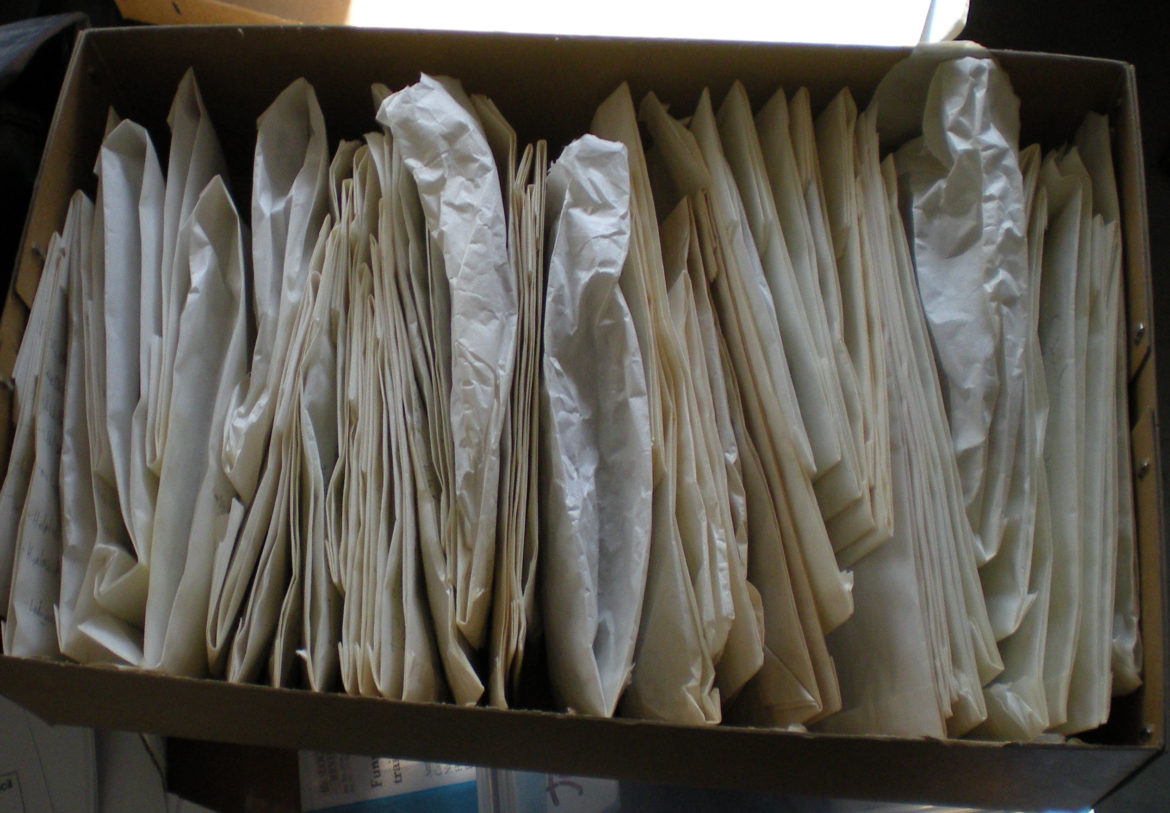A box of my ascomycete specimens (photo Peter Johnston)
The life of a field systematist revolves around trips into the field to collect a wide variety of organisms, in my case ascomycete fungi, writing up my field observations, and for the bulk of the collecting, squirreling it away for future research. This could be by me, or by other researchers and student either in the near or the far future as all my collections become part of one of New Zealand’s Nationally Significant Collections – Fungarium PDD.
One of the things I’m doing at the moment is working through a box of fungal specimens collected from tree fern fronds from forests around New Zealand, over the past several years. The first specimen I looked at was part of a whekī (Dicksonia squarrosa) frond collected in 1989 from the Potaema Swamp track on Mt Taranaki. I had labelled it ‘Lachnum sp. or spp.’, suggesting that there was probably more than one species of fungus present. It turned out that this 20 cm long piece of whekī frond had seven different species of cup or discomycete fungi (discos) growing on it.
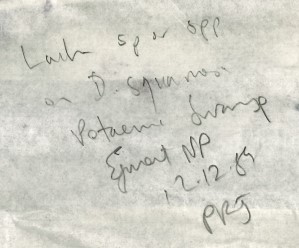
All these discos from a single piece of dead whekī. What are they all doing there? No-one knows, but most are found only on whekī. All have some role to play in decomposing the dead tree fern tissue. Perhaps some are better at degrading some compounds than others? perhaps some like to be on the less humid outside of the clump of fronds, others on the inside? perhaps some are distributed by a certain kind of insect that also lives in this habitat?
The sampling that we carry out in the forests around New Zealand slowly builds up a picture of the preferred habitats of these discos, and as they become better sampled, patterns that help reveal their lifestyle will show themselves.
Although these fungi can be seen with the naked eye, even the big ones are not much more than 1 mm across, so the accumulation of this knowledge is much slower than for big showy things like plants and birds. If these species had names, the rate this knowledge would increase would be greater, the name allowing knowledge about a single species to be accumulated in one place, even if it is different people making the discoveries.
Do these discos matter? These are part of New Zealand’s unique biodiversity and, although they may be small, it is fungi such as these that drive nutrient recycling in our forests, turning dead plant tissue into compounds that again become available to feed the tree ferns and other plants that grow in these forests.
So what do these seven discos look like?
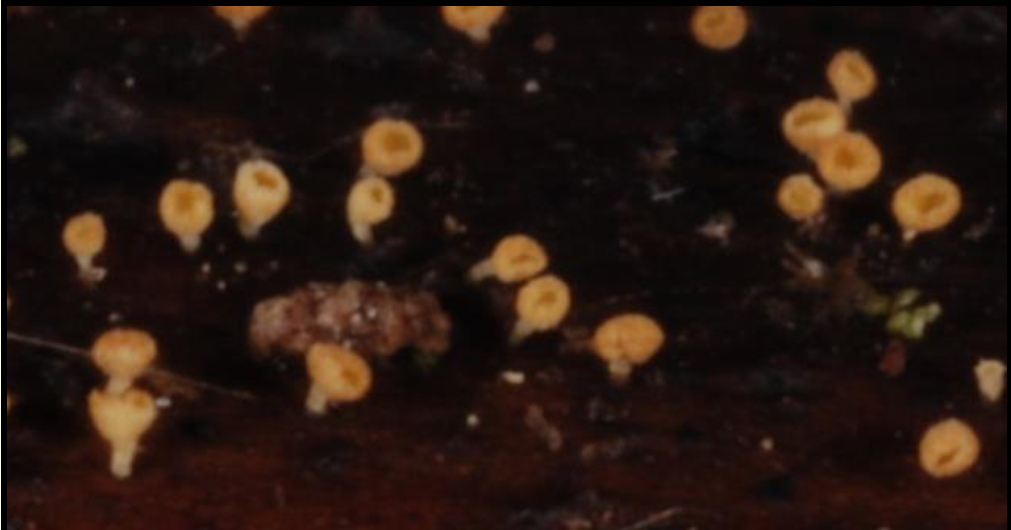
Disco #1 Hairy, yellow, disco with red crystals on the hairs, 1-2 mm across. This is an unnamed, endemic species, very common on Dicksonia. It looks similar to the Australian species Lachnum lanariceps, but DNA sequencing shows that the two species are unrelated.
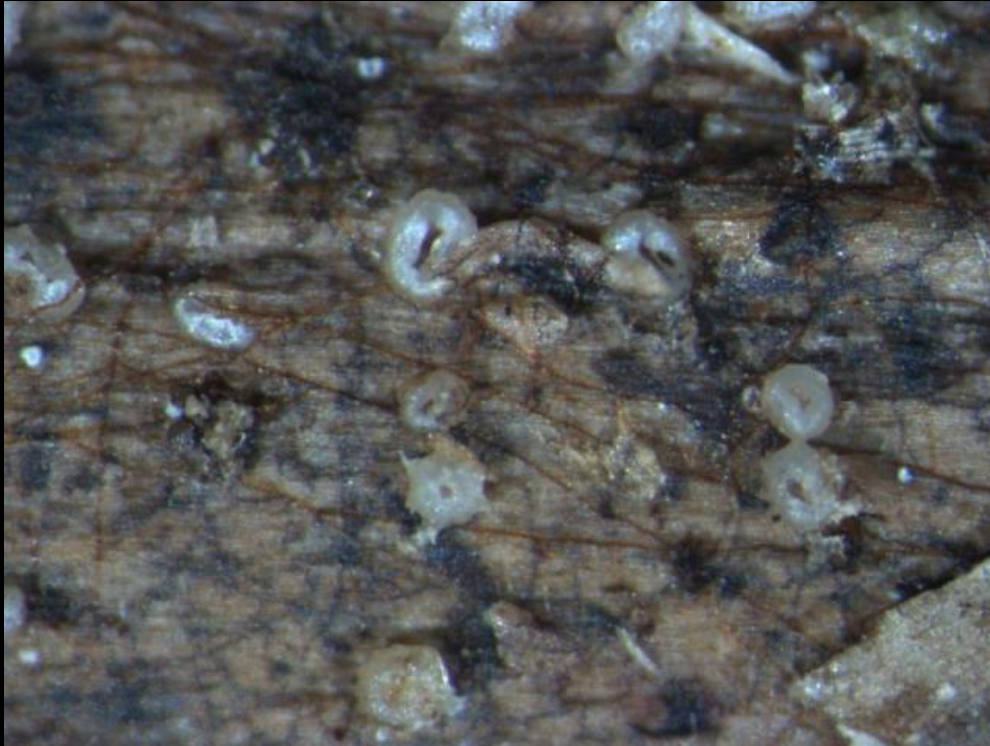
Disco #2 Currently named Crocicreas multicuspidatum this is another Australian disco, but in this case the same species occurs in New Zealand. At around 0.5 mm in size, this truly is a tiny fungus. Over the years it has been placed in the genera Crocicreas and Cyathicula, but DNA sequences show it is related to neither of these genera, and this Australasian endemic disco needs a new genus of its own.
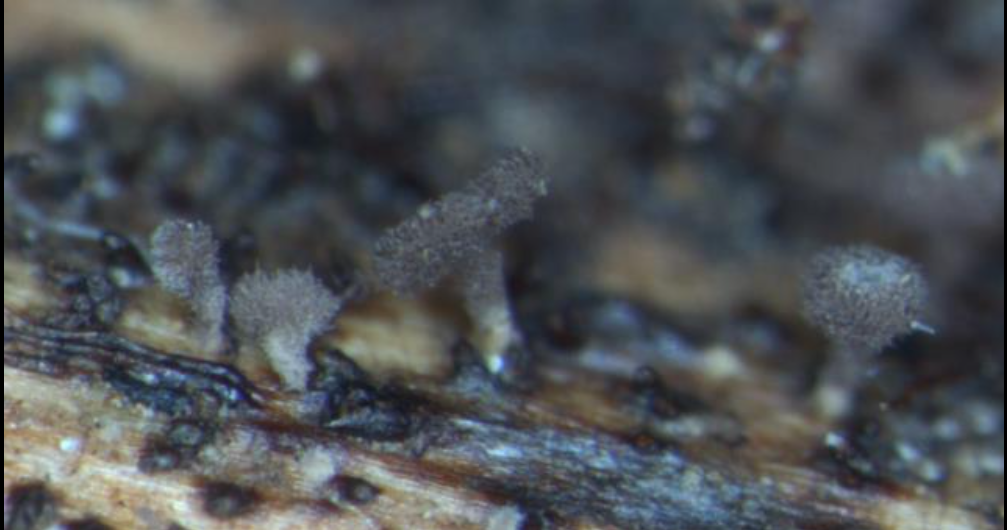
Disco #3 An unnamed Lachnopsis species, now known from only one other specimen, also on whekī fronds. This species is also hairy but is a dull purple-brown colour. It is perhaps more common than we realise, its colour making it hard to spot in the dark of the forest.
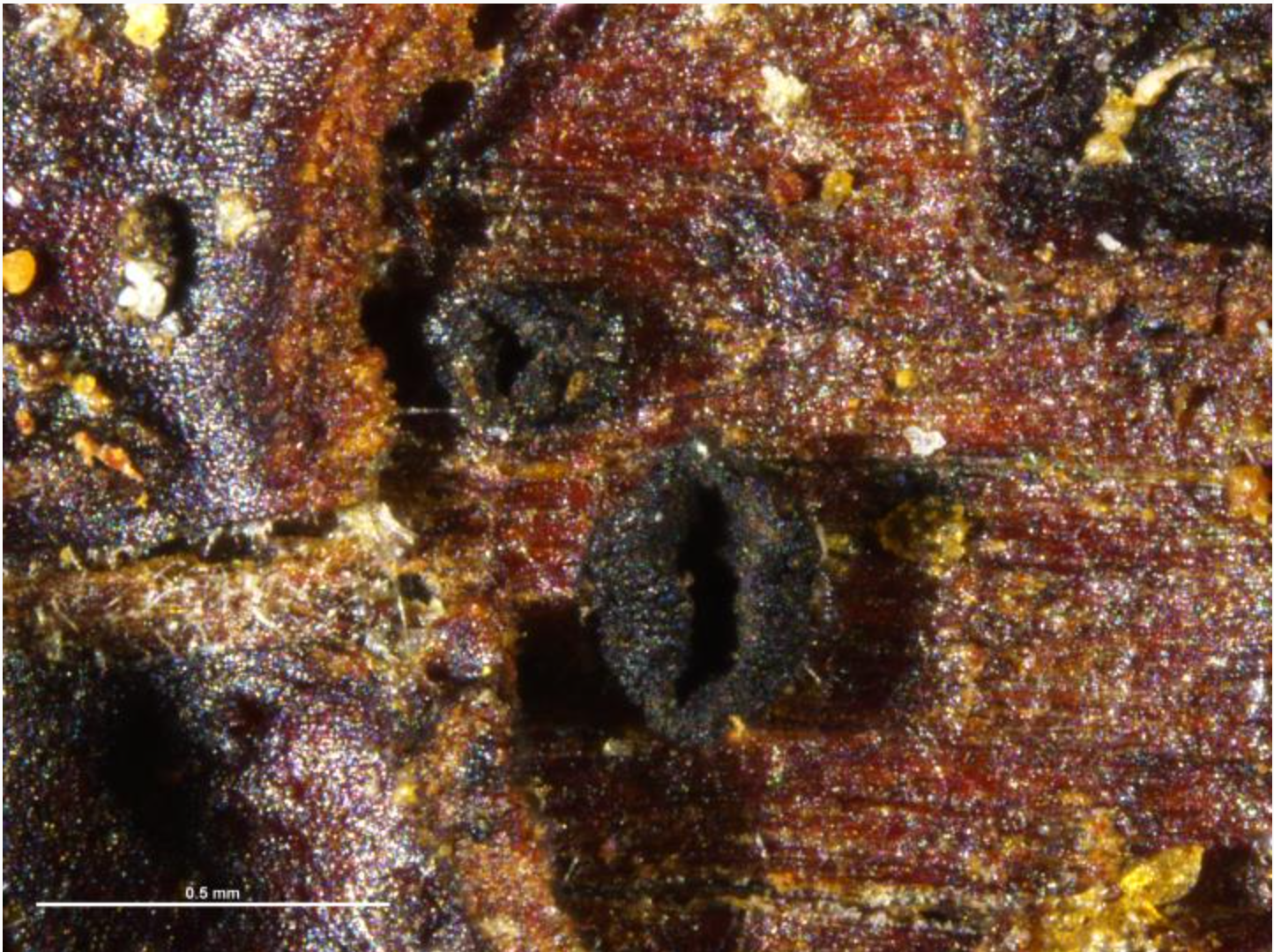
Disco #4 A disco with some morphological features that seem to match Leotiomycetes, but it is really wierd (and really ugly). Whether it is related to anything that has ever been named anywhere in the world awaits DNA sequences to tell us.
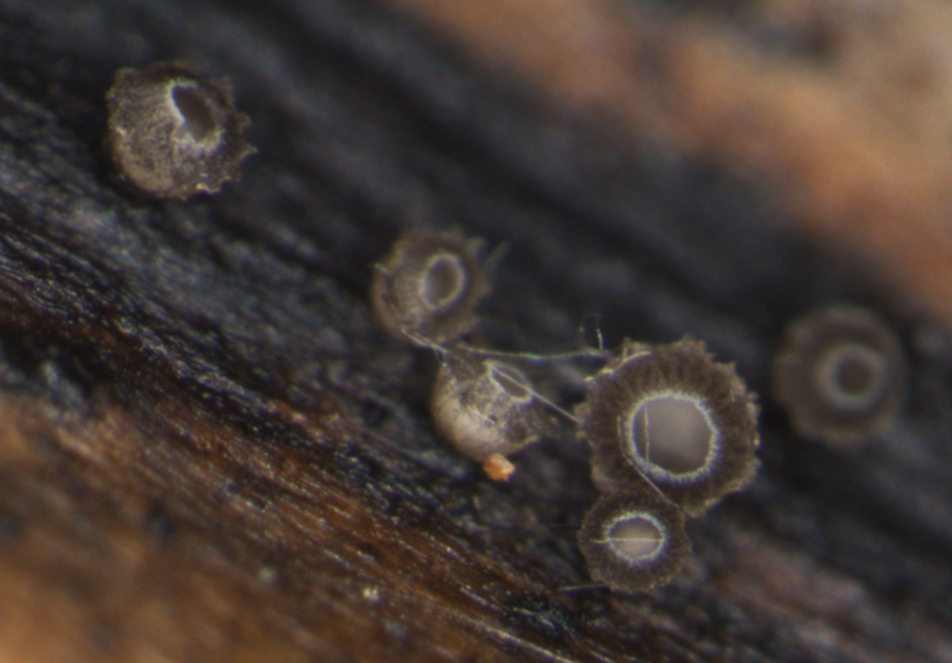
Disco #5 A disco called Asteroclayx, a very distinctive fungus that is widespread on tree ferns in New Zealand. This disco in New Zealand and Australian is usually called Asterocalyx mirabilis, first described from tree ferns in tropical America.
However, DNA sequencing has shown that the New Zealand and Australian specimens are not the same species as each other, and this makes it very doubtful that either of them are really A. mirabilis. Although we cannot confirm this until a tropical American species is sequenced, this is likely to be yet another of New Zealand’s unnamed endemic fungi.
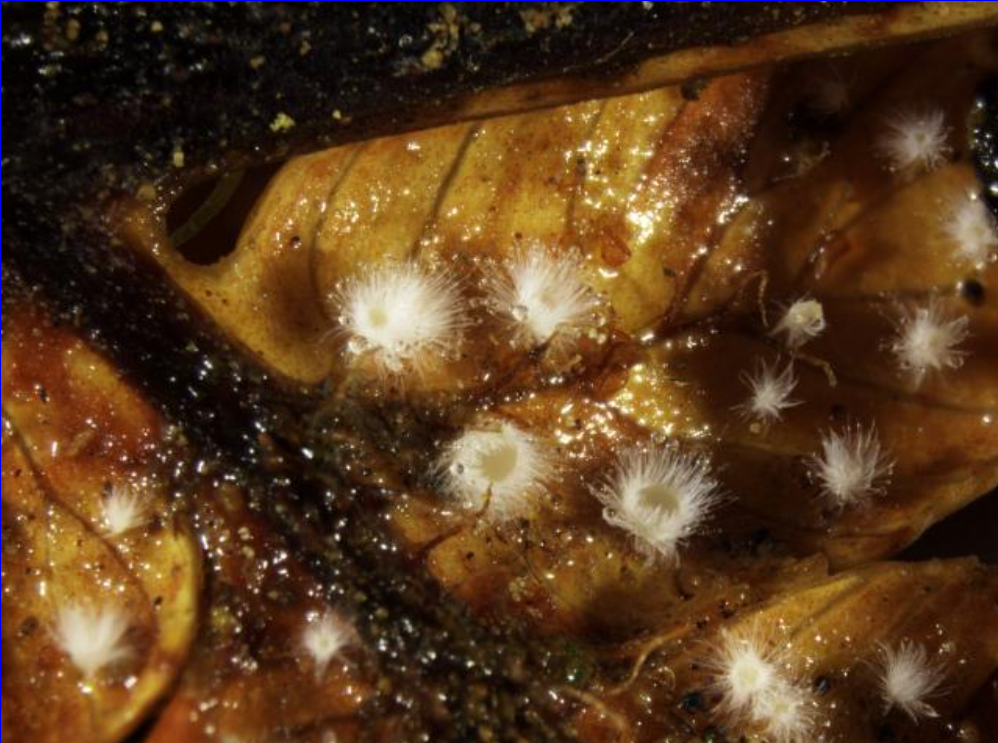
Disco #6 Another unnamed Lachnopsis species. Although less than 1 mm wide, this one is distinctive with its very long, white hairs. It is common and widespread on Dicksonia.
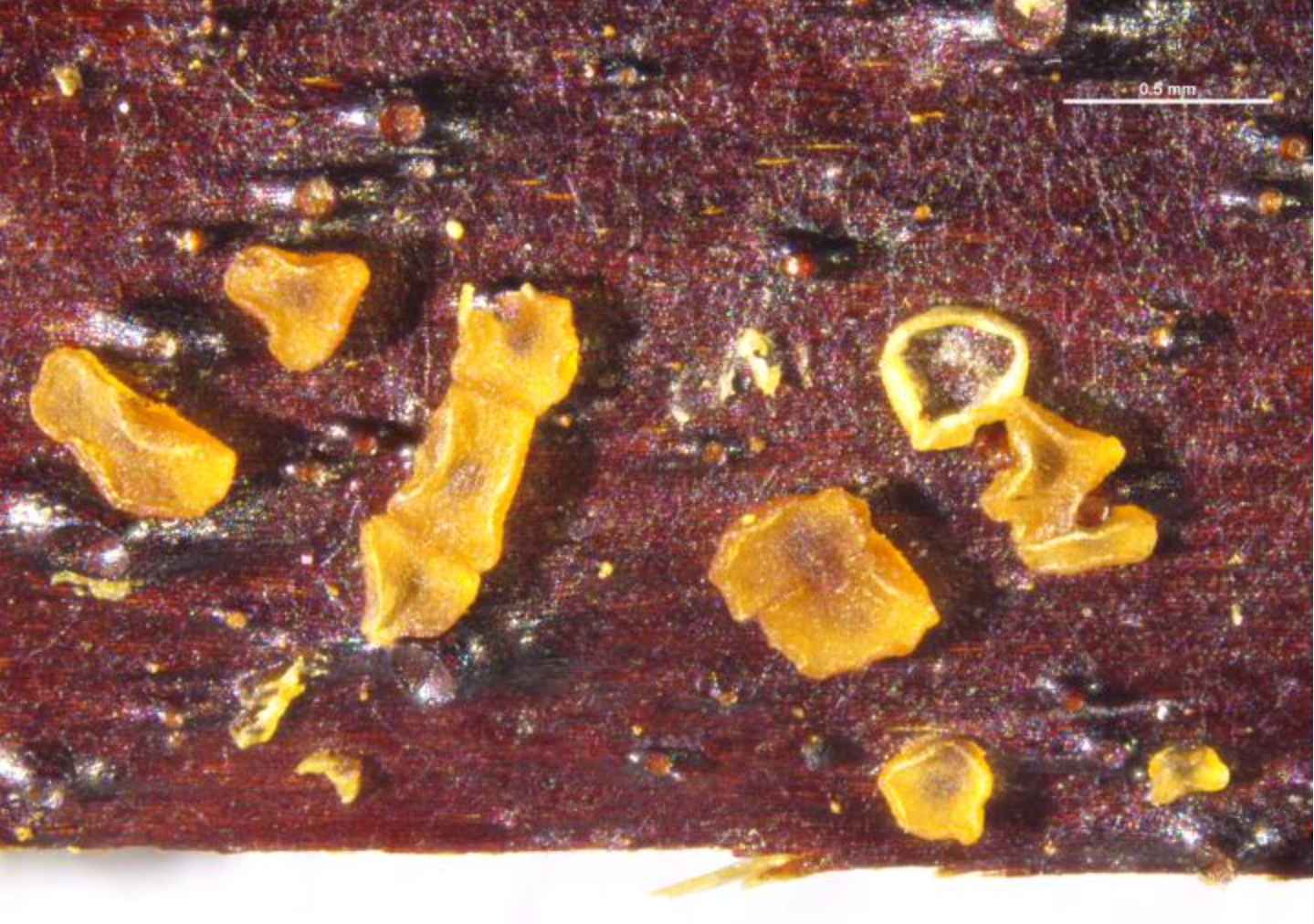
Disco #7 Another unnamed species, but this disco is smooth rather than hairy, and is in an as yet unnamed genus.

